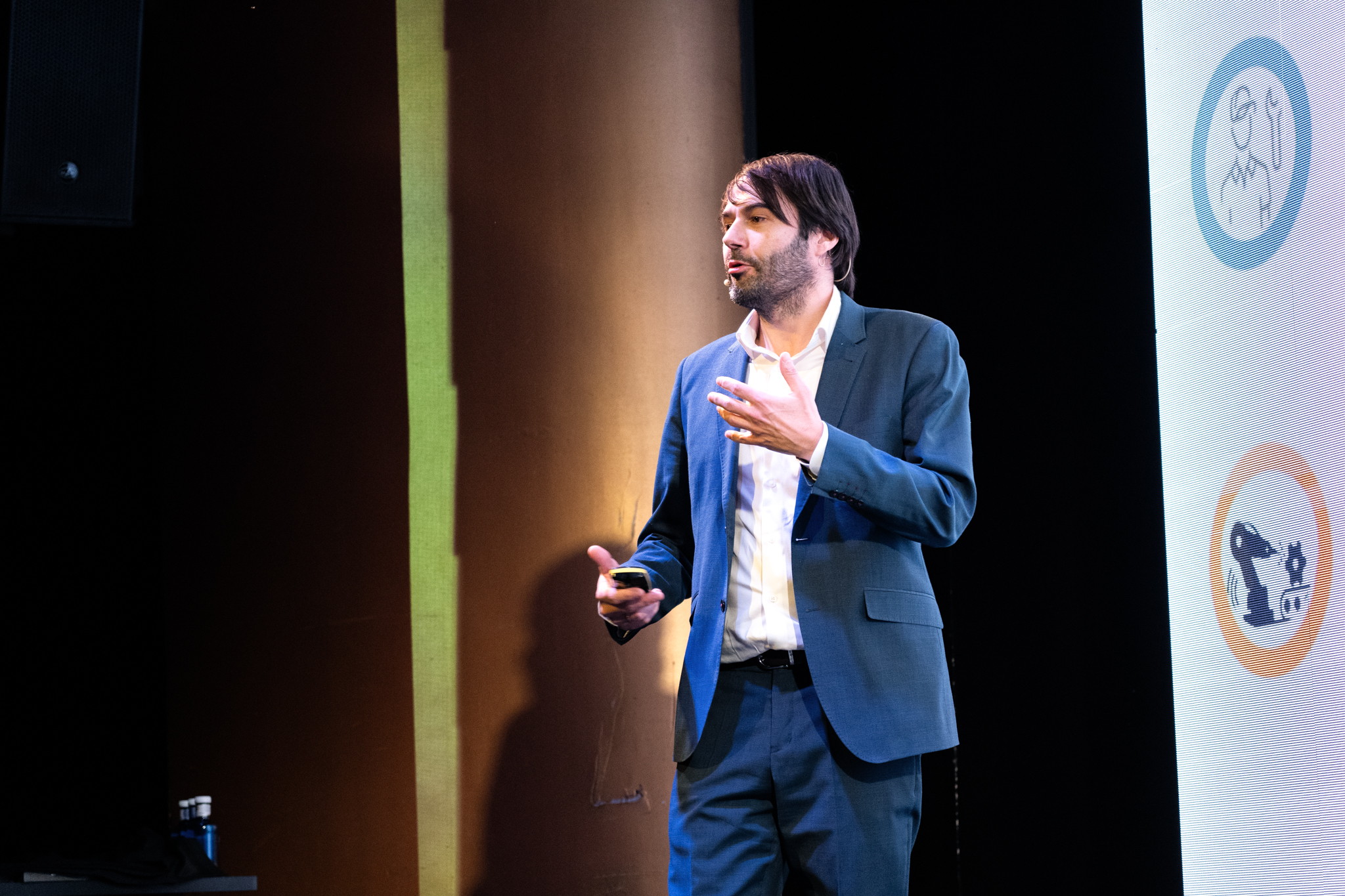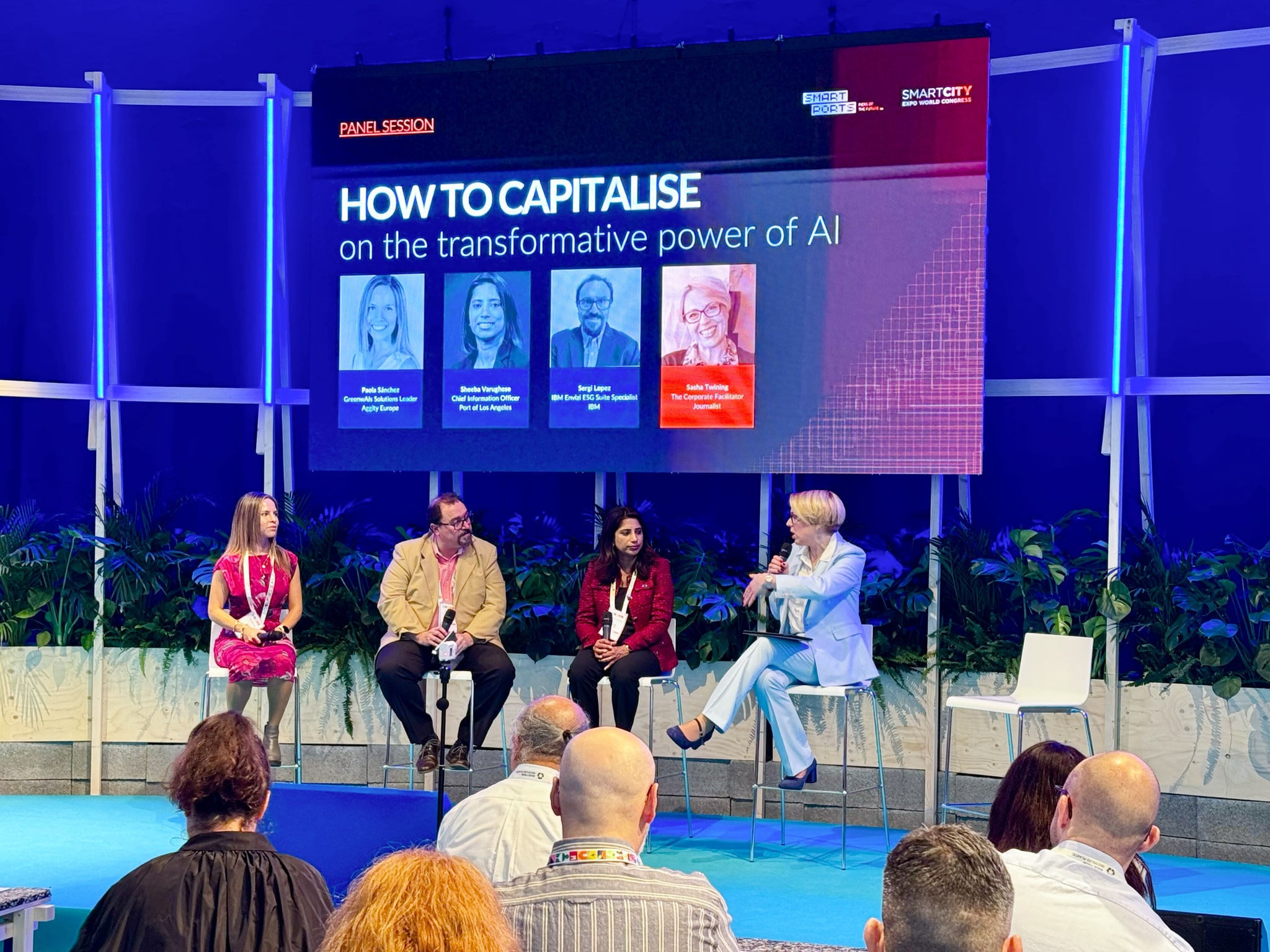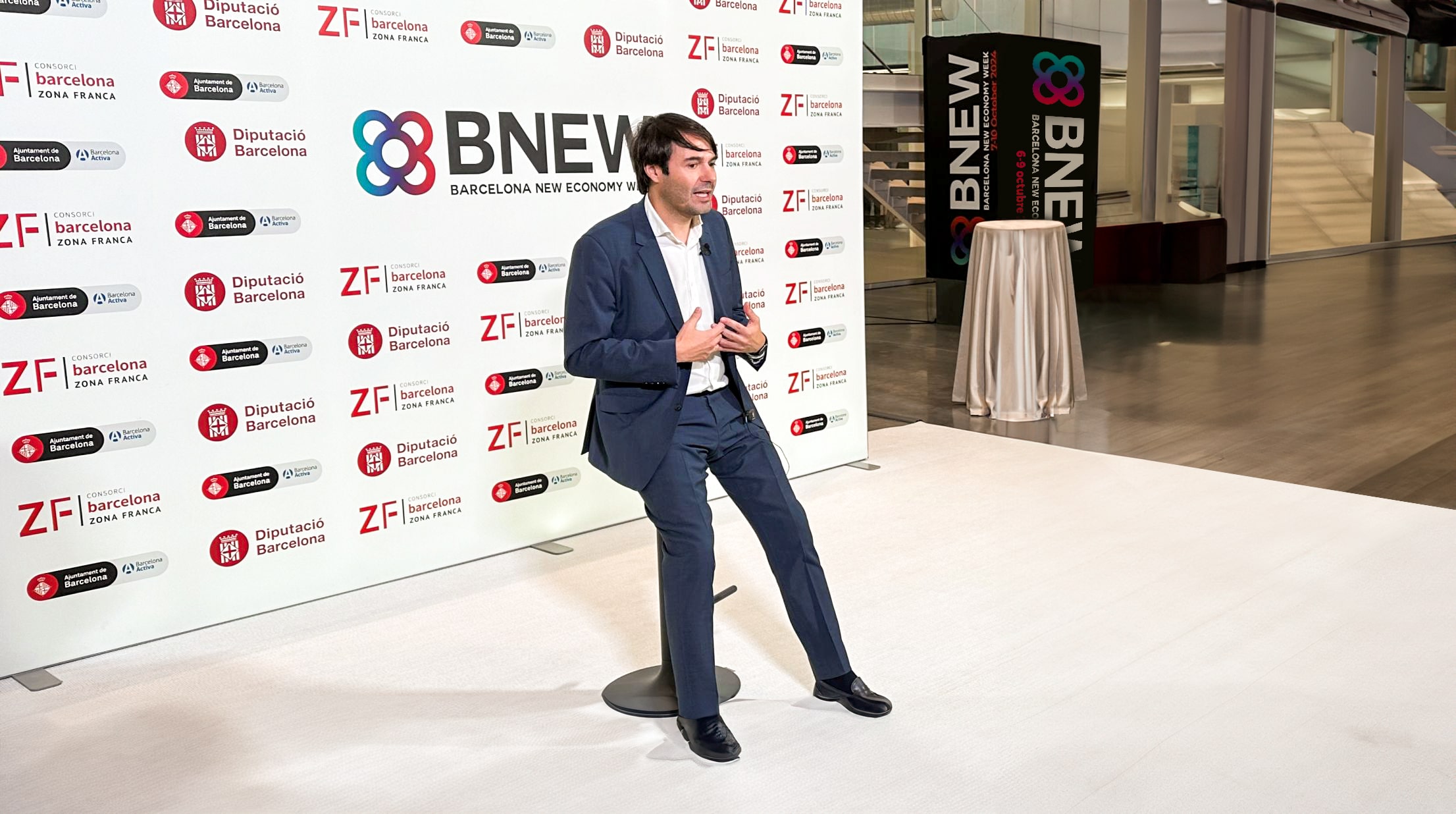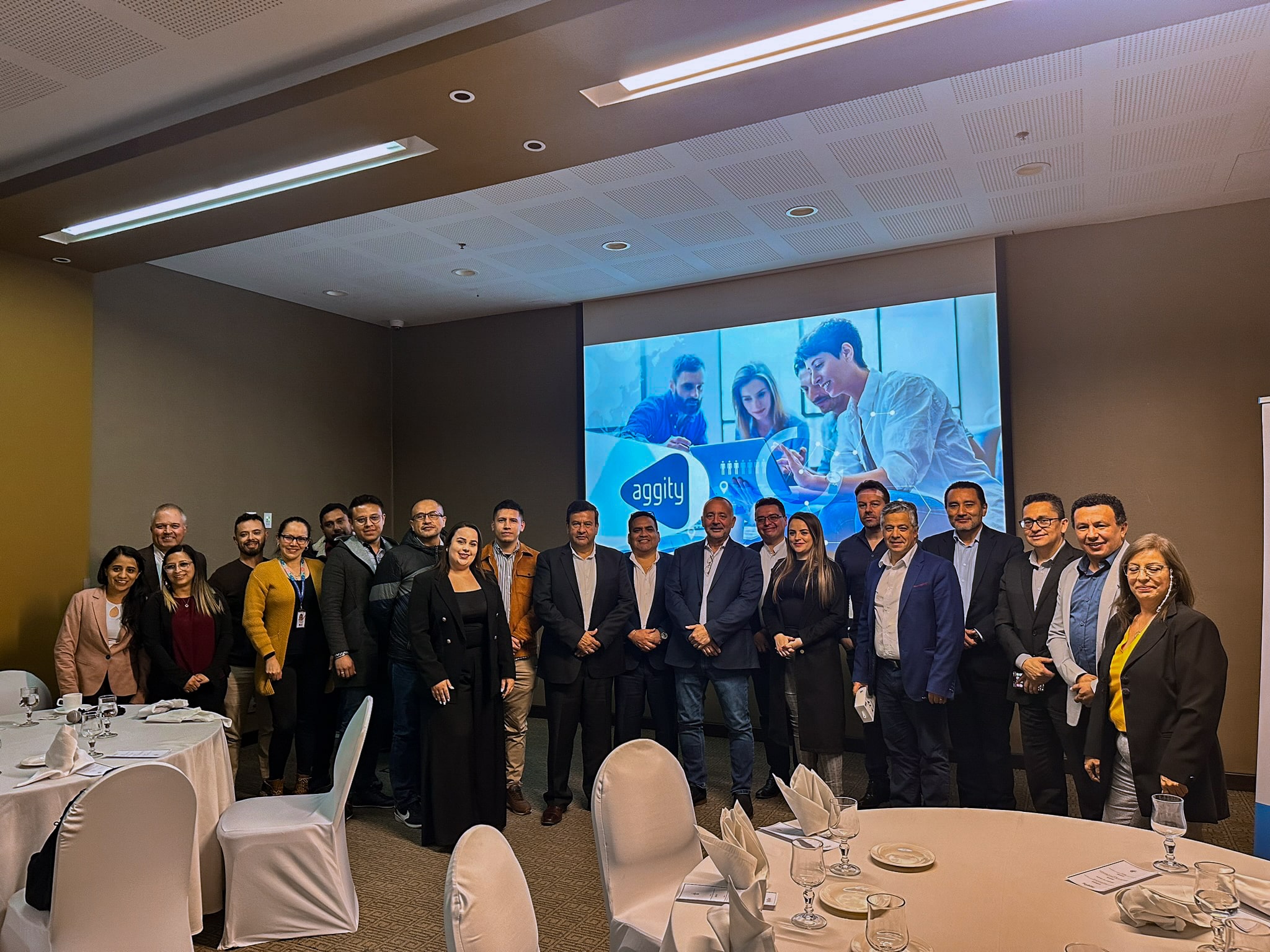Employee Experience: how to improve the employee experience

In today’s competitive labor market, the employee experience is key to attracting and retaining talent. A positive employee experience improves the satisfaction and productivity of employees, who can be the company’s best brand ambassadors.
Tabla de contenidos
ToggleDiscover how employee experience boosts productivity and talent retention in your company. Learn more now!
The employee experience concept refers to the employees ‘ perception of the complete development within a company: from the moment of recruitment to the moment of departure or retirement.
In today’s competitive job market, employee experience is key to an organization’s success, especially in a context where talent retention is a priority for companies. For this reason, HR managers are increasing their investments in development programs, effective collaboration platforms and work environments that promote job satisfaction and increase professional engagement.
The difficulty for companies to find and retain the right profiles has led to a complete change in the image of the employee. Workers are no longer simple executors of tasks, they are also important ambassadors of the company’s organizational culture and are the first reference to enhance the company’s brand as an employer against its competitors.
Employee experience challenges
Human Resources departments are committed to employee well-being, which has become a priority. And to make the employee experience the best possible and thus improve the company’s productivity and its position in the market, they require a 360° strategy that embraces all the employee’s needs.
This comprehensive talent management strategy is initiated at the very moment of the The company’s commitment to employee onboarding extends throughout the employee’s working life in the company, with professional development and training programs, the design of the workspace, the creation of an inclusive work environment or the incorporation of technology in the workplace.
Keys to improve the user experience
When designing a human resources strategy focused on improving the employee experience, it is necessary to take into account some important elements. In addition, the adoption of a platform such as BesTalent IA by aggity will allow the HR and talent management department to have proven information to make the best decisions in terms of employee experience.
Key elements of a successful employee experience strategy include the following:

Active listening and continuous feedback
The concepts of productivity and employee experience must go hand in hand in a proper employee experience strategy. The objective of this human resources strategy is based on the fact that the greater the employee satisfaction, the greater the increase in productivity.
In this sense, the best way to find out whether an organization’s employees are satisfied is through work climate surveys, which should be conducted on a regular basis. It is also necessary to encourage 360° feedback sessions, not only to strengthen individual performance, but also to improve the organizational culture.
The establishment of communication channels will also contribute to having the permanent dialogue that allows the necessary feedback for the continuous definition of the HR strategy. Feedback and recognition at work is one of the aspects most valued by employees, so having effective communication channels should be a priority for talent managers.
Professional development and training
Leadership and employee experience are among the top employee demands, and offering employees customized training and development opportunities is essential if talent is to be retained.
For this reason, investment in career plans, access to courses and certifications, and internal promotion are some of the elements that employees value most and that will prevent them from leaving for competing companies. It is also essential to create recognition systems to highlight achievements and implementing bonus and reward programs will also help to bring talent closer to the organization.

Positive work environment
The work climate and organizational culture is one of the most important is one of the most important aspects of an employee experience strategy. If an atmosphere of camaraderie and “good vibes” are characteristic of the company, employees will be happier and the company’s productivity will improve.
This environment is achieved, among other aspects. with the improvement of technology in the workplace and with the design of a workspace that favors interaction between the people who make up the organization.
Offer work flexibility Promoting a work culture that supports work-life balance and respects time away from work, and providing services that facilitate personal life are also measures that contribute to a more responsive and engaged workforce.
Últimos posts

aggity strengthens its commitment to sustainability as a SILVER partner of “Fundación Empresa & Clima”.

aggity participates in the IBM Ecosystem Summit 2024 with an applied case of Generative AI in the food industry

Aggity, together with the multinational Fortinet, present an exclusive event in Lima on the application of Generative AI in Corporate Cybersecurity.

aggity participates in Smart Ports: Piers of the Future

aggity Supports the Contigo Foundation at its Annual Dinner

Challenges and Opportunities of Generative AI in Industry: Our Experience at BNEW

Official Liferay Partner in Spain





